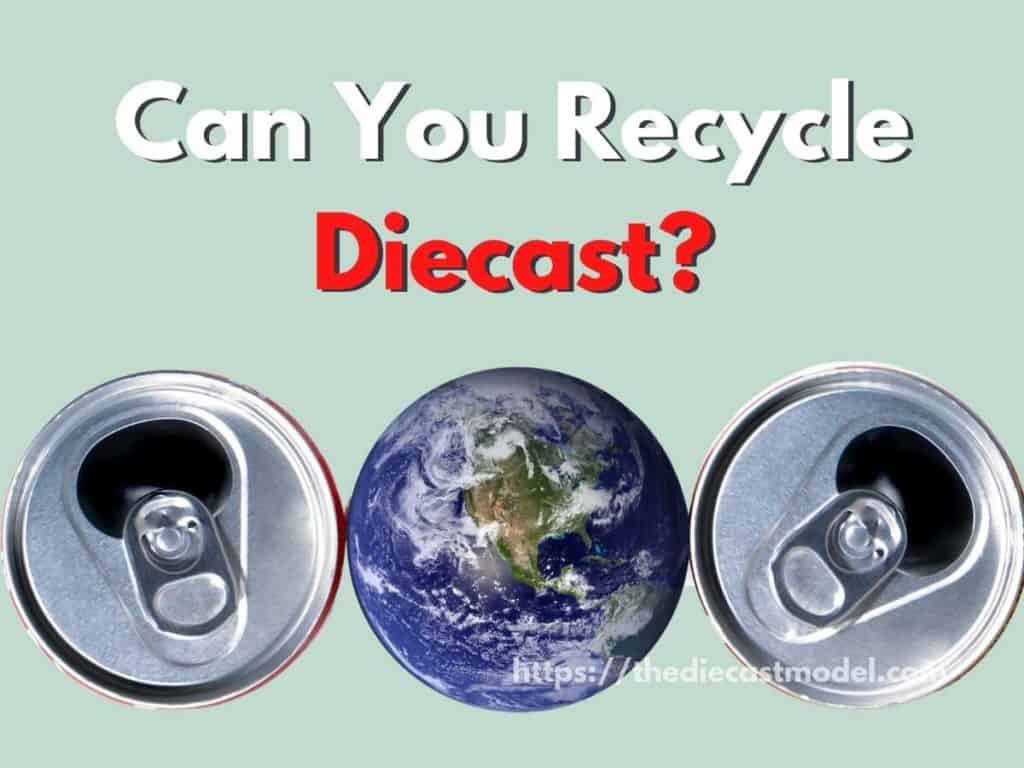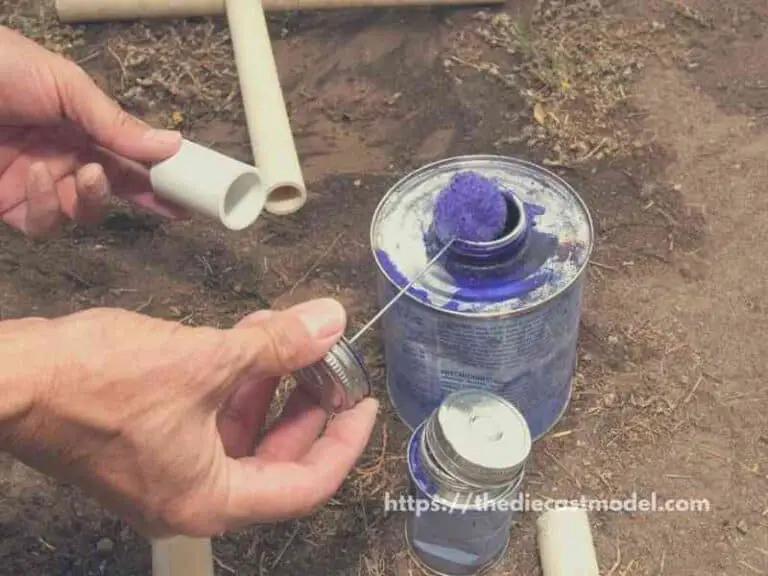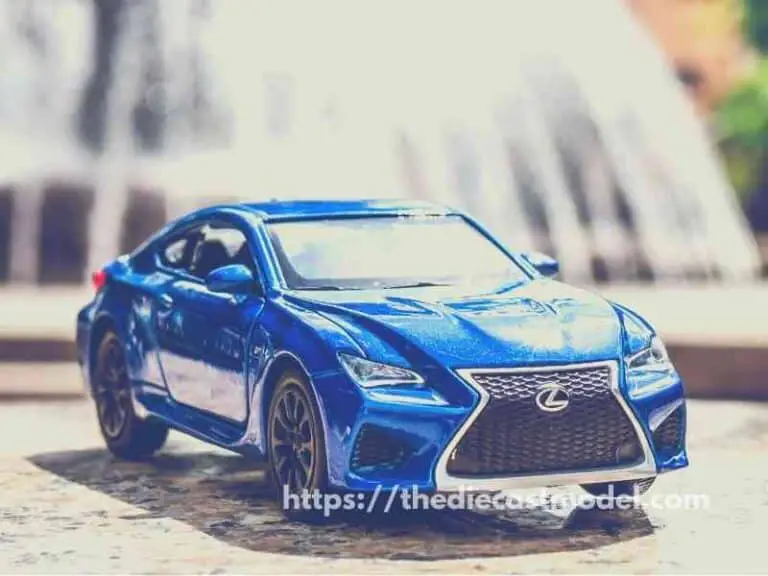Can you Recycle Diecast? | Recyclability of Diecast’s components
Many people wonder when it comes to the environmental impact of diecasting. Diecasting is the process of combining metals such as aluminum, zinc, and magnesium into an alloy called Zamak. The common question of people concerned about our environment is if these metals are recyclable. That’s what we will talk about in this blog post.
Diecasts can be recycled and are made from recycled materials. In fact, 95% of the aluminum used in the diecasting process is from recycled aluminum. Thus, diecasts have a positive environmental impact and can reuse metals.
This blog post will focus our attention on recycling the metal components of diecasting. We will see how components of diecasts are completely recyclable and can be beneficial both to our environment and manufacturers.

Can you recycle diecast?
Diecasts can be recycled and turned into other diecasts such as appliances, toys, medical devices, car parts, and more. However, recycling diecast alloys into pure aluminum, zinc, or magnesium is not done because it is still inefficient.
Compared to other metals, recycling diecast metals is not forced and is preferred by manufacturers.
The main reason for this is aluminum which is the main component of diecasts.
Extracting or mining pure aluminum is expensive and needs a lot of carbon footprint.
To help you understand, let me explain how aluminum mining works.
To get aluminum, miners started to mine an ore called bauxite. However, bauxite does not have the metal itself compared to other ores.
After getting bauxite ores, they process the ore and refine it to extract a white powder called aluminum oxide.
However, aluminum oxide is a white powder and not the metal we use on our foils and diecast.
Thus, they separate the oxide from the aluminum to have pure aluminum by electrolysis. Electrolysis removes the oxide leaving pure aluminum.
As you can see, extracting pre aluminum is labor-intensive and needs a lot of energy. Thus, getting pure aluminum is costly.
In fact, 150 years ago, aluminum was more expensive than gold because it required much effort to get aluminum.
The process of getting aluminum is so costly that almost all diecast manufacturers prefer recycling over mining, which benefits them and benefits the environment.
To compare the price for both recycled and aluminum ingots, pure aluminum ingots costs around
$0.89/pound. This is compared to recycled aluminum which would only cost them $0.15 to $0.55/pound.
| Cost | |
| Aluminum Ingots | $0.89/pound |
| Recycled Aluminum | $0.15-$0.55/pound |
As you can see, the vast savings incentivize manufacturers to recycle aluminum and diecasts. In fact, 95% of the aluminum used for diecasting is from recycled aluminum.
However, diecasts come from a combination of metals known as alloys, and each of these components can be recycled and turned into diecasts.
That’s our topic for the next section.
Usual Components of Diecast Metal
While we already learned about how diecasts use recycled aluminum for their process, diecasts are made out of alloys combined with metals.
Unfortunately, turning diecast alloys into purified aluminum, zinc, and magnesium is a labor-intensive task and is not recommended.
To purify alloys, you must use chemical reactions that only react with your target metal.
For example, if we want to extract aluminum from diecasts, we have to put some chemicals that will only react with aluminum.
This process requires a lot of work. Thus, our current technology doesn’t allow us to do that at a cheaper cost.
However, compared to other types of manufacturing such as plastics, diecasting is very environmentally friendly since it can use recycled metals.
Furthermore, you can recycle diecasts by melting them and shaping them into appliances, toys, and more.
Diecasts come from a metal known as Zamak. Zamak is an alloy composed of aluminum, zinc, magnesium, and lead.
However, due to strict regulations, the amount of lead in Zamak is heavily regulated.
Thus, we don’t have to worry about the safety profile of diecasts.
I made a blog post talking about this topic, and you may find the regulations interesting. I made the post to remove worrying about today’s diecasting process. So here is the link: Do diecast metals contain lead?
So, the point is this.
Diecasts can be recycled, and they can be produced from recycled materials. Furthermore, diecasts can be used on numerous products such as car parts, devices, appliances, toys, telecommunication materials, and more. Thus, it is an environment-friendly way to reuse metals.
Furthermore, reusing diecast metals can be done thousands of times. This means diecast metals can be turned into toys, then recycled into car parts, then the cycle continues.
Another good news is that diecast metals don’t rust. This means diecast metals tend to last a very long time.
These metals don’t rust because it doesn’t contain iron. Rust usually comes from iron, and since Zamak doesn’t have iron, diecast metals don’t rust.
Thus, we can reuse diecast metals indefinitely.
However, note that turning diecast into pure aluminum, zinc, or magnesium is not ideal since separating alloys is still not an efficient process because it requires a lot of chemicals.
The two most common metals used in diecasting are aluminum and zinc. We will explore where these recycled metals come from to prove how beneficial diecasting is.
What Aluminum products are recycled?
Recycled aluminum that can be turned to diecast can come from numerous sources such as cans, siding, gutters, storm window frames, lawn furniture, foil, and aluminum packaging.
These metals can be melted and reused into diecast metals.
As I already explained, recycling aluminum requires less energy than mining new ones. In fact, recycled aluminum only uses 5% of the energy needed to mine aluminum ingots.
Recycling aluminum has been very effective and has been done throughout history.
Aluminum recycling started in the early 1900s. Then, it became popular in the 1960s.
Recycling aluminum is very efficient. In fact, we are still using 75% of the total mined aluminum ores today.
What Zinc products are recycled?
Zinc is not recycled as much as aluminum.
Based on our current data, 70% of zinc is still mined, and 30% is recycled.
However, the potential of zinc recycling is enormous.
Zinc has a reclamation rate of 80%. This means 80% of zinc can be recycled. The other 20% loses its chemical or physical properties.
However, 80% is still massive, and the zinc recycling industry is slowly growing, which can help make diecasting more environmentally friendly.
Currently, recycled zinc comes from galvanized steel, brass, diecast, and coins.
What’s next? I discussed in another blog post how diecasting is very eco-friendly. If you’re interested, you can find the post here: Is diecasting environmentally friendly?







